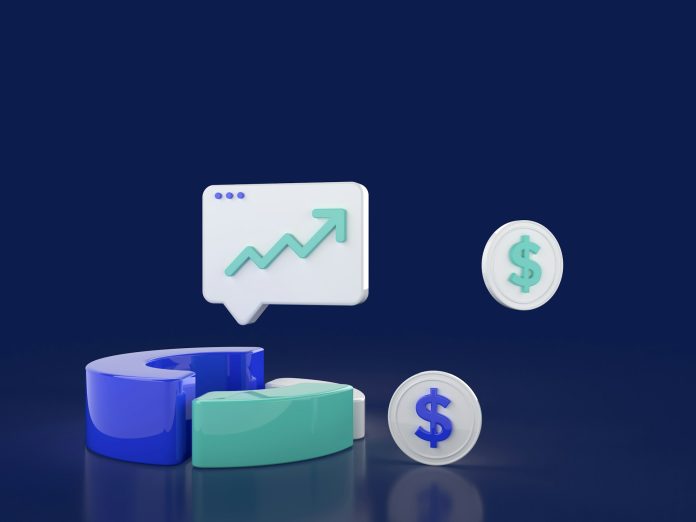The Federal Reserve has taken another step to manage the economy by reducing its key interest rate to the lowest level in nearly two years. But don’t expect borrowing costs to keep falling anytime soon—rates are likely to stay where they are for a while.
The Federal Open Market Committee (FOMC) reduced the federal funds rate by 0.25%, setting it between 4.25% and 4.5%. This is the lowest range since February 2023 and marks the third rate cut this year. The move follows months of high rates aimed at controlling inflation. However, even with this adjustment, rates remain higher than pre-pandemic levels. According to the Fed, they’ll likely stay elevated as policymakers assess the economy’s performance.
For investors, these economic shifts often translate to opportunities in the stock market. Lower interest rates can impact company valuations and influence market movements, making it an ideal time to explore how to trade stocks online. With access to advanced platforms and real-time market insights, online trading offers a convenient way to adapt your portfolio to changing economic conditions.
What’s Next for Interest Rates?
Looking ahead, the Fed has signaled a cautious approach to further rate cuts. In its latest economic projections, the FOMC expects only two additional rate reductions in 2025—down from the four predicted just a few months ago.
Experts believe this indicates the Fed will pause any further cuts until at least March next year. Analysts suggest the central bank is aiming for a balance, adjusting rates gradually to avoid economic overheating while keeping inflation under control. This slower pace reflects the Fed’s careful calibration of rate adjustments to support stability.
Why the Fed Is Taking Its Time
The Federal Reserve is trying to bring interest rates to a “neutral” level—one that neither stimulates nor restricts economic growth. But recent inflation data has shown stubborn trends, making policymakers more cautious about cutting rates too quickly.
In its statement, the Fed highlighted that its future actions will depend on ongoing economic data, particularly inflation and employment numbers. This patient approach is designed to minimize risks while supporting sustainable growth.
Striving for Economic Balance
The latest rate cut is part of the Fed’s ongoing efforts to achieve what economists call a “soft landing.” This means reducing inflation without causing a sharp slowdown in the economy or triggering significant job losses.
When inflation spiked in late 2021 and early 2022, the Fed responded by raising interest rates to their highest level in decades. These higher rates discouraged borrowing, helping to cool the economy. Now that inflation is closer to the Fed’s 2% target and the job market has slowed, the central bank has shifted its focus to rate cuts. These reductions aim to make borrowing more affordable and encourage employers to retain or hire workers.
However, progress on inflation has slowed recently. This has led the Fed to revise its timeline for future cuts. One FOMC member even dissented during the latest meeting, disagreeing with the decision to lower rates further.
A Careful Balancing Act
Federal Reserve Chair Jerome Powell emphasized the challenges of navigating these decisions during a press conference. He explained that moving too quickly with rate cuts could undo progress on inflation, while moving too slowly might hurt the job market.
“We are focused on achieving two main goals: maximum employment and price stability,” Powell said. “Our decisions are aimed at balancing these priorities while carefully managing risks on both sides.”
This measured approach shows the Fed’s commitment to avoiding unnecessary disruptions in the economy.
Final Thoughts
The Federal Reserve’s latest rate cut highlights its cautious approach to balancing economic growth and inflation control. While borrowing costs have eased slightly, they remain relatively high as the Fed keeps a close eye on economic data. As these decisions unfold, the goal is to support a stable economy while ensuring manageable inflation rates for the future.
Understanding these changes can help you make informed financial decisions, whether you’re planning to borrow, save, or invest.



 Bitcoin
Bitcoin  Ethereum
Ethereum  Tether
Tether  XRP
XRP  Solana
Solana  USDC
USDC  TRON
TRON  Cardano
Cardano  Lido Staked Ether
Lido Staked Ether  Avalanche
Avalanche  Toncoin
Toncoin